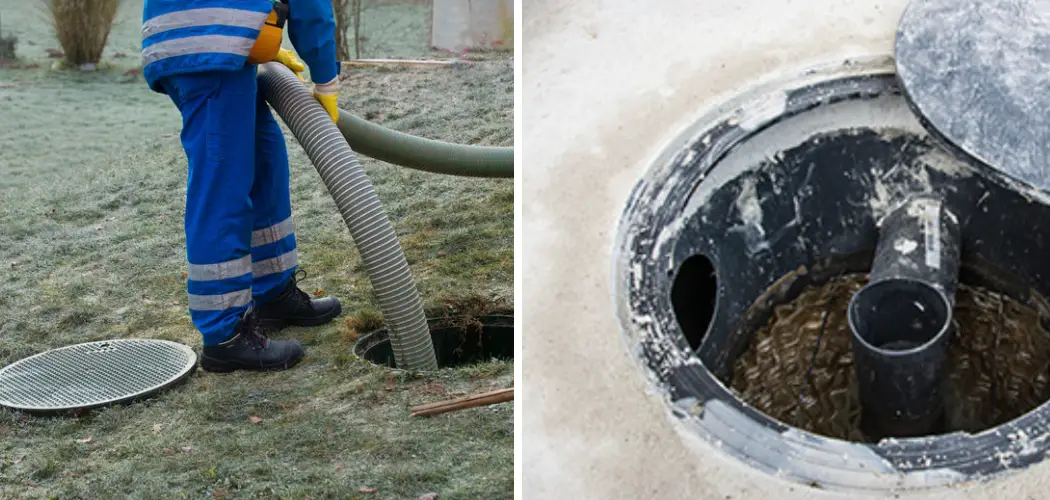As homeowners in colder climates know, maintaining a functional septic system during winter months can present unique challenges.
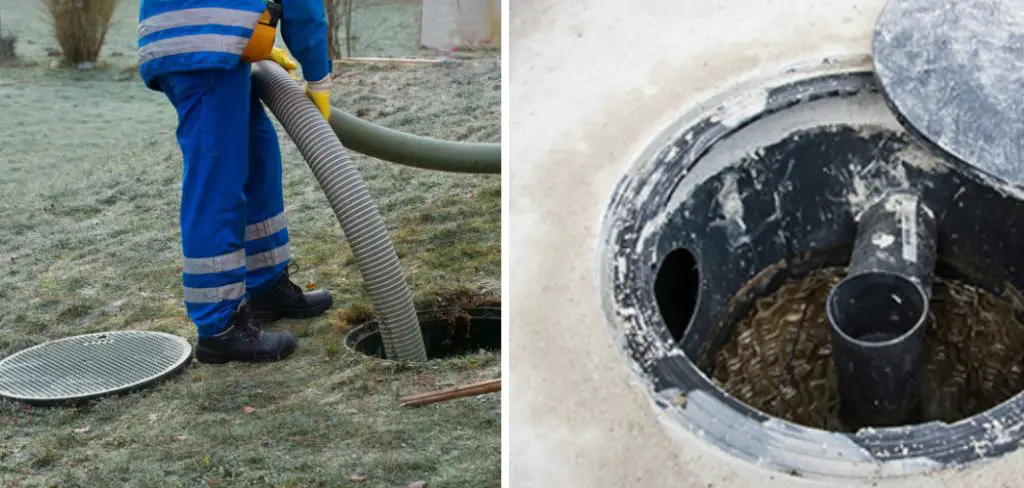
The risk of freezing is a significant concern, as it can lead to costly repairs and disruptions in waste management. Understanding the components of your septic system and implementing preventative measures can help mitigate these risks.
In this guide, we will explore how to keep a septic system from freezing and effective throughout the winter, ensuring that you can avoid the unpleasant consequences of a frozen system.
Why Keeping a Septic System from Freezing is Important
Preventing a septic system from freezing is crucial to maintaining its overall functionality and integrity. When temperatures drop, the wastewater within the system can freeze, causing blockages that lead to backups and overflows. These issues not only create unsanitary conditions but can also result in extensive and expensive repairs.
Additionally, a frozen septic system can disrupt normal household activities, forcing families to rely on alternate waste management solutions. By ensuring that your septic system remains operational during cold months, you protect not only your investment but also the health and safety of your household and the surrounding environment.
Understanding Freezing Risks for Septic Systems
Cold weather poses several risks to septic systems that every homeowner should be aware of. The primary concern is the freezing of the wastewater within the pipes and tank, which can occur when temperatures drop below freezing for extended periods.
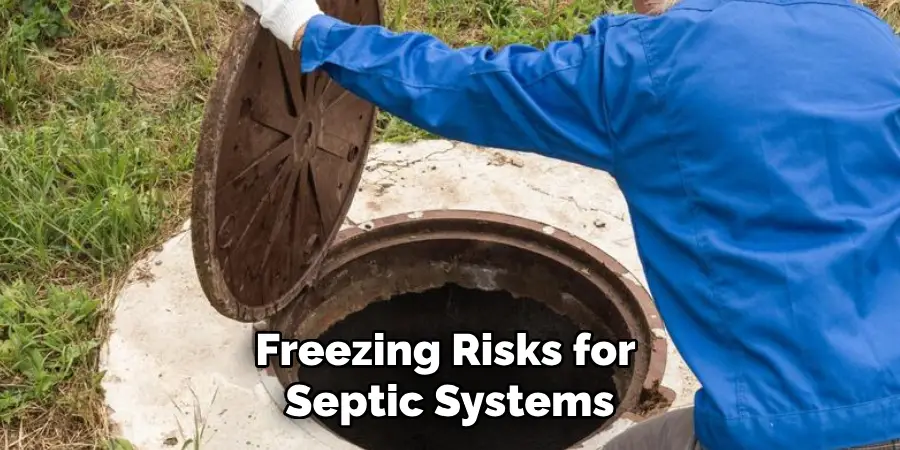
Factors such as the depth of the frost line, the insulation of the septic system components, and the overall design of the system play a significant role in its vulnerability to freezing. Additionally, improper drainage or lack of flow within the system can exacerbate these risks, leading to stagnant water that is more prone to freezing.
Understanding these risks allows homeowners to take proactive steps in safeguarding their septic systems, thereby minimizing the potential for costly repairs and service disruptions throughout the winter months.
10 Methods How to Keep a Septic System from Freezing
1. Insulate Exposed Pipes
The first step in protecting your septic system from freezing is to insulate any exposed pipes. Pipes that are close to the surface or outside the insulated portions of your home are particularly vulnerable to freezing. Use foam pipe insulation or heat tape to cover these pipes. Foam insulation sleeves are easy to install and provide effective thermal protection, while heat tape can be wrapped around the pipes and plugged in to provide continuous warmth. By insulating these pipes, you help maintain a stable temperature and reduce the risk of freezing.
2. Install a Septic Tank Insulation Blanket
A septic tank insulation blanket is designed to wrap around the tank to provide additional protection against cold temperatures. These blankets are typically made of materials that offer thermal insulation and help to retain the heat generated by the bacterial activity inside the tank.
Install the insulation blanket around the septic tank according to the manufacturer’s instructions, making sure it is securely fastened and covers the entire tank. This extra layer of insulation helps to keep the tank’s temperature above freezing and maintain optimal bacterial activity.
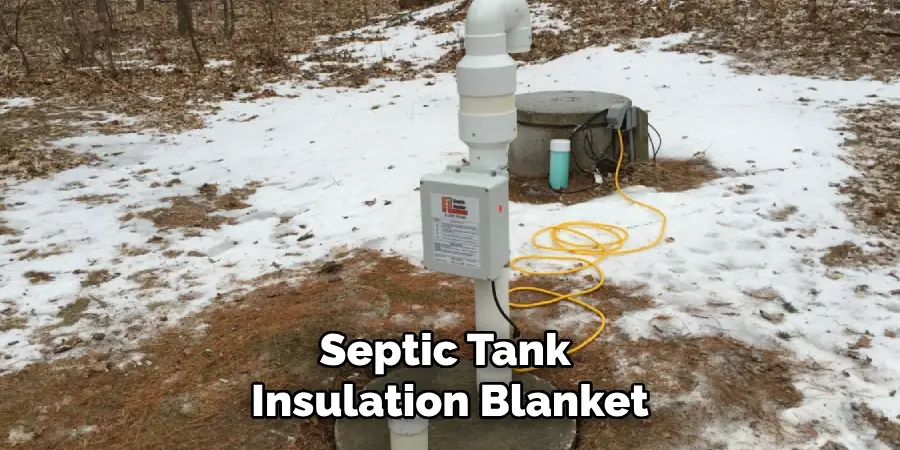
3. Cover the Septic Tank and Drain Field with Mulch
Adding a layer of mulch or straw over the septic tank and drain field can provide insulation and help protect the system from freezing temperatures. Spread a thick layer of mulch, straw, or even hay over the ground above the tank and drain field. This natural insulation helps to retain heat and prevent the ground from freezing. Be sure to avoid using materials that may decompose quickly or create excessive moisture, which could lead to other issues.
4. Maintain Proper Drainage
Proper drainage around the septic system is crucial for preventing freezing. Ensure that the area around the septic tank and drain field is well-drained and free of standing water. Standing water can increase the risk of freezing and create conditions that may lead to system failure. Use grading or drainage solutions to direct water away from the septic system and prevent water accumulation. Proper drainage helps to maintain a stable ground temperature and reduces the likelihood of freezing.
5. Keep the Area Above the Septic System Clear
Keeping the area above the septic tank and drain field clear of snow and ice is important for preventing freezing and maintaining system functionality. Snow and ice accumulation can insulate the ground, leading to temperature fluctuations and potential freezing. Regularly remove snow and ice from the area, especially during and after heavy snowfall. Use a shovel or snow blower to keep the ground clear and ensure that the septic system remains accessible and protected.
6. Use Heat Cables for Pipes
Heat cables or heat tape can be used to prevent freezing in vulnerable pipes. These electrical devices are designed to provide heat directly to the pipes and keep them from reaching freezing temperatures.

Install heat cables according to the manufacturer’s instructions, ensuring they are securely fastened to the pipes and properly connected to a power source. Heat cables are particularly useful for sections of pipe that are prone to freezing, such as those running through unheated areas or exposed to cold weather.
7. Monitor and Adjust Water Usage
Monitoring and adjusting water usage during the winter months can help prevent freezing in the septic system. Avoid overloading the system with excessive water, as this can lead to reduced bacterial activity and increased risk of freezing. Spread out laundry loads, dishwashing, and other water-intensive activities throughout the week to ensure that the system operates efficiently. By managing water usage, you help maintain a stable temperature and reduce the risk of freezing.
8. Install a Septic System Heat Source
In extreme cold conditions, installing a dedicated heat source for the septic system can provide additional protection against freezing. Septic system heat sources, such as small space heaters or heating pads, can be used to maintain a consistent temperature around the septic tank and pipes. Ensure that any heat source used is designed for outdoor or wet conditions and follow safety guidelines to prevent fire hazards. A heat source can help keep the system above freezing and maintain proper functionality.
9. Seal Any Leaks or Gaps
Sealing leaks and gaps around the septic system is important for preventing cold air from entering and causing freezing. Inspect the area around the septic tank, pipes, and connections for any signs of gaps or leaks.
Use caulk, weatherstripping, or foam insulation to seal any openings and ensure that the system is well-insulated. Proper sealing helps to maintain a stable temperature and reduce the risk of freezing by preventing cold air from reaching the vulnerable areas.
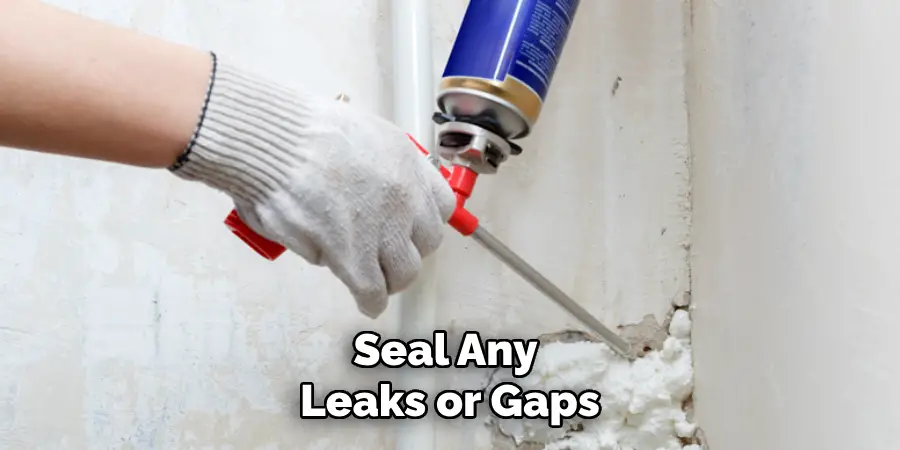
10. Consult a Professional for System Evaluation
If you are unsure about the best methods for protecting your septic system from freezing or if you encounter any issues, consult a professional septic service provider. A septic professional can assess the condition of your system, recommend appropriate winterization measures, and provide guidance on preventing freezing. Regular maintenance and professional advice ensure that your septic system is well-prepared for winter and operates effectively throughout the cold months.
Things to Consider When Protecting Your Septic System from Freezing
- Local Climate Conditions: Understanding the specific climate conditions in your area can help tailor your winterization strategies. If your region experiences extreme cold or heavy snowfall, consider more robust insulation measures.
- System Age and Condition: Older septic systems may require additional attention and maintenance. Assessing the condition of your septic tank and drain field can inform your approach to winterization and ensure you take necessary precautions.
- Usage Patterns: Consider how often and how much water your household uses during winter months. Monitoring your water usage can greatly aid in preventing overload and freezing within the system.
- Soil Type: The type of soil surrounding your septic system can influence how heat is retained. Sandy soils may drain quickly but offer less insulation, while clay soils may retain moisture and require more careful management to prevent freezing.
- Material Choices: When selecting insulation materials, ensure they are moisture-resistant and suitable for outdoor use. Choosing the right materials can significantly enhance their effectiveness in protecting your septic system.
- Professional Advice: Engaging with a septic system professional can provide insights specific to your situation. Their expertise can help diagnose potential risks and recommend the best course of action for winter preparation.
Conclusion
Taking proactive measures to protect your septic system during winter is essential for ensuring its functionality and longevity. By implementing strategies such as insulating pipes, maintaining proper drainage, and monitoring water usage, you can significantly reduce the risk of freezing and associated problems. Regular maintenance and vigilance throughout the colder months will not only safeguard your septic system but also enhance its efficiency. Should you encounter any uncertainties or complications, seeking the expertise of a professional service will provide peace of mind and ensure your system is adequately prepared for the rigours of winter. Thanks for reading, and we hope this has given you some inspiration on how to keep a septic system from freezing!

